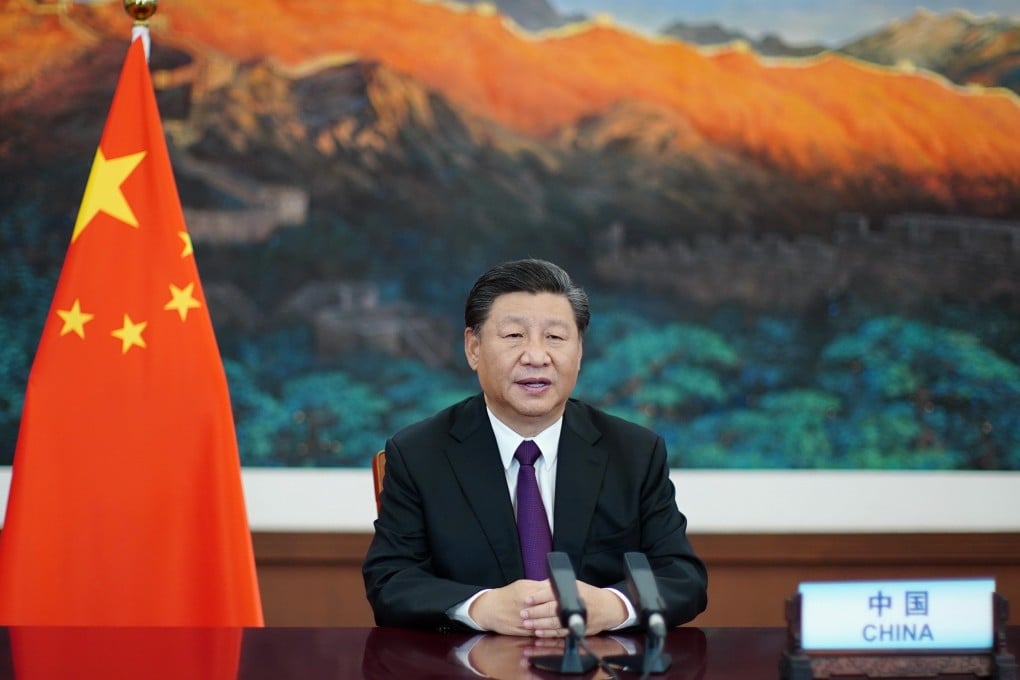Opinion | Climate action is where China can really tell its story well
- China’s zero-Covid policy and ‘wolf warrior’ diplomacy have overshadowed its soft power efforts, but a shift in focus to the climate crisis could change that
- Given the major commitments it has already made to cut carbon emissions, China should be positioning itself as a leader in climate diplomacy

Following Xi Jinping’s anointment as General Secretary of the Communist Party of China in 2012, he highlighted the need to “tell China’s story well” to make the most of its meteoric rise. This meant investing significant time and resources in wielding “cultural soft power” abroad.
Consequently, at the recent 20th party congress in Beijing, Xi reiterated the importance of external communications when he pledged to “present a China that is credible, appealing, and respectable”.
Before the pandemic, China’s efforts to enhance its soft power by combining attractive cultural resources with extensive multilevel channels for public diplomacy were seen by some as quite successful. Yet, China’s current predicament has rendered it something of a soft power paper tiger, particularly in the West.

